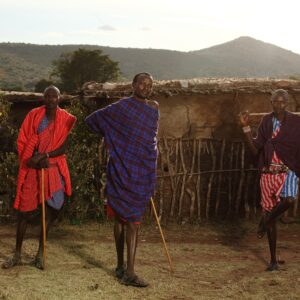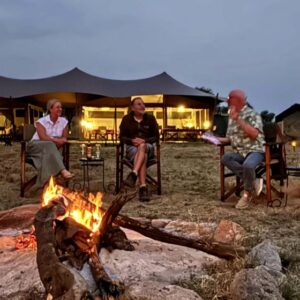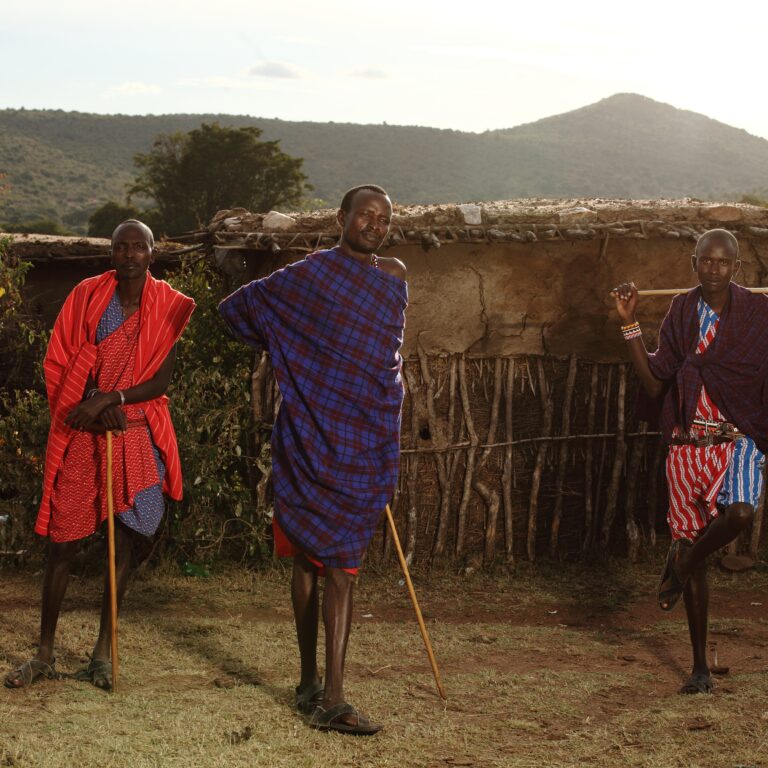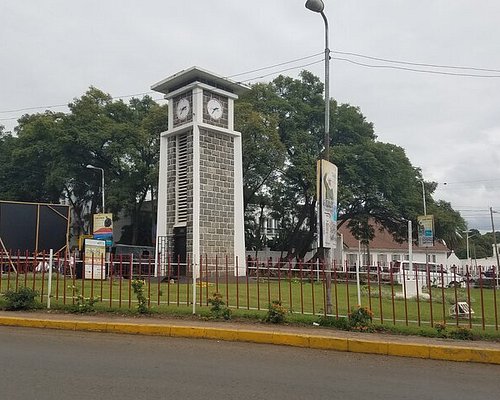Culture of Tanzania - history, people, clothing, traditions.
Unveiling the Rich Tapestry of Tanzanian Culture: A Journey through History, People, Clothing, and Traditions. Tanzania, a land of diverse landscapes and vibrant communities, is a melting pot of cultures that have evolved over centuries. In this exploration, we delve into the heart of Tanzanian culture, shedding light on its historical roots and the elements that make it a fascinating and dynamic mosaic.
1. Historical Tapestry
Tanzania’s history is a complex interweaving of indigenous cultures, trade routes, and colonial influences. In the pre-colonial era, various ethnic groups thrived, each contributing to the cultural mosaic of Tanzania. The coastal regions, including Zanzibar, were pivotal in trade routes, drawing influences from Arab, Persian, and Indian cultures. The arrival of European colonizers, primarily the Germans and later the British, left an indelible mark on the country.
Tanzania gained independence in 1961, merging Tanganyika and Zanzibar to form the United Republic of Tanzania. The post-colonial era saw efforts to revive and preserve indigenous cultures while forging a united national identity.
2. Diverse Peoples and Languages
Tanzania is home to over 120 ethnic groups, each with its language, customs, and traditions. The Sukuma, Chaga, Haya, and Zaramo are just a few examples of the multitude of ethnic communities that coexist in Tanzania.
The Swahili people, with their rich coastal history, have played a pivotal role in shaping Tanzanian culture. Swahili, a Bantu language with significant Arabic influence, is widely spoken and serves as a lingua franca, fostering communication among diverse ethnic groups.
The Maasai, nomadic pastoralists known for their distinctive clothing and beadwork, are among the most recognizable ethnic groups in Tanzania. Their traditional dwellings, known as bomas, and vibrant ceremonies add to the cultural diversity of the nation.
3. Traditional Clothing: Tanzania Culture
Tanzanian traditional clothing reflects the diversity of its people and their respective customs. While modern attire is prevalent in urban areas, traditional garments remain an integral part of ceremonies, festivals, and daily life in many rural communities.
- Kanga and Kitenge: Kanga and Kitenge are vibrant, colorful fabrics often used to make traditional clothing for women.
- Maasai Shuka: The Maasai are renowned for their distinctive clothing, including the Shuka, a traditional Maasai blanket. The Shuka’s bold patterns and bright colors hold cultural significance, and it is worn by both men and women. Maasai beadwork, intricate and symbolic, is also an essential element of their traditional attire.
- Kanzu and Kofia: In Zanzibar and coastal areas, the Kanzu is a traditional men’s robe, often worn during religious and formal occasions. Paired with the Kofia, a round, embroidered cap, the Kanzu is a symbol of Swahili culture and heritage.
4. Time-Honored Traditions
Tanzanian traditions are deeply rooted in community, spirituality, and a connection to the land. Various ceremonies and rituals mark significant life events and cultural practices.
- Coming-of-Age Ceremonies: Many ethnic groups in Tanzania celebrate rites of passage, marking the transition from childhood to adulthood. These ceremonies often involve rituals, dance, and communal celebrations.
- Harvest Festivals: Agriculture plays a vital role in Tanzanian life, and harvest festivals are a time of thanksgiving and celebration. Communities come together to express gratitude for a bountiful harvest through music, dance, and traditional ceremonies.
- Ceremonial Dances: Traditional dances are integral to Tanzanian culture, expressing stories, rituals, and social dynamics. The Ngoma, a collective term for traditional dances, varies across regions and ethnic groups, showcasing diverse styles and rhythms.
FAQs – Navigating Tanzanian Culture
Tanzania is well-known for being a premier safari destination in Africa and attracts travelers from across the globe annually. Alongside the wealth of wildlife and breath-taking landscapes, the country is rich with culture.
Tanzania is home to over 120 different tribes. One of the most recognized is the Maasai Tribe notable for their distinctive red shuka, memorable jumping dance, colourful beads and warrior nature.
Is English widely spoken in Tanzania?
Yes, English is an official language in Tanzania and is used in education, government, and business. However, Swahili is the primary language spoken by the majority of the population.
How diverse is Tanzanian cuisine?
Tanzanian cuisine reflects the country’s cultural diversity. Influences from Arab, Indian, and European cuisines can be found, offering a wide range of flavors and dishes.
Are there specific etiquettes to follow when visiting Tanzanian communities?
Respect for local customs and traditions is important. It’s advisable to seek permission before taking photographs and to be aware of cultural sensitivities, especially in rural areas.
What are some must-attend cultural festivals in Tanzania?
The Zanzibar International Film Festival (ZIFF) and Nguvumali Festival are noteworthy cultural events. Additionally, various ethnic groups celebrate their unique festivals, such as the Maasai Adumu (jumping dance) ceremony.
How welcoming are Tanzanian communities to tourists interested in cultural experiences?
Tanzanian communities are generally warm and welcoming to visitors. Engaging respectfully and showing interest in local customs often leads to positive interactions and memorable cultural experiences.
Conclusion: Tanzania Culture
Tanzanian culture is a vibrant mosaic of history, people, clothing, and traditions that continues to evolve while retaining its deep roots. From the rhythmic beats of traditional dances to the intricate patterns of Maasai beadwork, every aspect of Tanzanian culture tells a story of resilience, diversity, and unity. Whether exploring the bustling markets of Dar es Salaam or witnessing the Maasai’s timeless ceremonies, immersing oneself in Tanzanian culture is a journey into the heart of East Africa, where the past and present intertwine in a celebration of identity and heritage.








